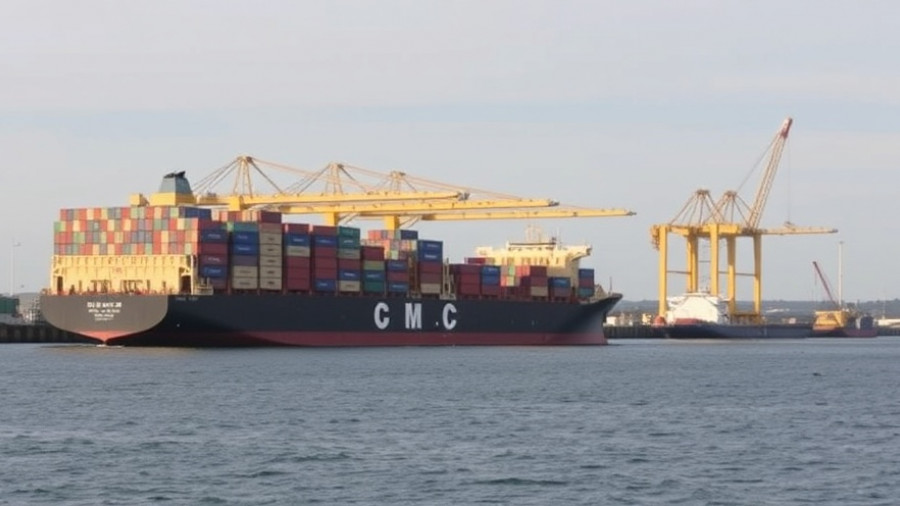
Transform Your Kitchen: The Heart of Sustainable Living
The kitchen often serves as the epicenter of our homes, but it can also be the source of significant waste. By taking deliberate steps to minimize waste in this space, we can achieve impactful results. Simple swaps such as using beeswax wraps instead of cling film or repurposing old jars for storage can drastically reduce trash generated from food packaging. Prioritizing items with minimal or recyclable packaging while shopping will further contribute to a cleaner environment.
Confronting Food Waste: A Global Challenge
Did you know that around a third of all food produced worldwide ends up wasted? Much of this wastage occurs in our own kitchens, often due to poor planning. By implementing thoughtful strategies like meal planning and proper food storage, we can lower waste significantly. For instance, storing herbs in water can extend their freshness. Moreover, freezing leftovers offers a practical solution for midweek meals. And even without outdoor space, many communities provide food waste collection options, making composting accessible for everyone.
Ditching Disposables: Simple Swaps for a Greener Home
When convenience overtakes conscientiousness, disposables can quickly clutter our homes and the environment. Gradually replacing single-use items with reusable alternatives can not only reduce waste but also save money over time. Opt for cloths instead of paper towels, choose a stainless steel safety razor over disposable ones, or switch to reusable coffee pods to significantly decrease your household waste.
Eco-Friendly Bathroom Practices: Small Changes with Big Impact
Bathrooms offer myriad opportunities for adopting zero-waste practices. Small changes in our daily routines can turn these spaces into eco-friendly havens. Instead of bottled shampoo, consider solid bars to eliminate plastic waste. Reusable cotton pads for makeup removal or skincare can greatly reduce disposables in your bathroom routine. Furthermore, choosing refillable toiletries whenever possible can help minimize environmental impact.
Mindful Shopping: The Choice for Sustainability
Our shopping habits significantly influence waste generation. Before making a purchase, consider whether you truly need the item. Often, local swap groups and charity shops provide excellent alternatives, allowing you to shop sustainably while supporting your community. When new purchases are necessary, opt for brands with sustainable materials and minimal packaging, ensuring your consumer choices align with your environmental values.
Embarking on the Zero-Waste Journey: Progress Over Perfection
Embracing a zero-waste lifestyle is not about achieving perfection but about making incremental progress. From using reusable bags to composting scraps, every small action contributes to larger ecological benefits. Start with manageable swaps and gradually build more sustainable habits into your routine. With time, adopting greener living practices can become second nature, leading to a more sustainable future.
In today’s ever-evolving marketplace, homebuyers, sellers, and property investors in Dumfries should consider incorporating sustainability into their property aspirations. The zero-waste initiative not only benefits the environment but can also enhance property values as demand rises for environmentally-friendly homes. Consider how these sustainable living ideas can be integrated into your property journey, paving the way for a greener tomorrow.
If you’d like to explore more about adopting a sustainable lifestyle or its impact on property investment, take action today and seek out resources and community programs aligned with these values. Together, we can foster a thriving and sustainable community in Dumfries. Add Row
Add Row  Add
Add 





Write A Comment